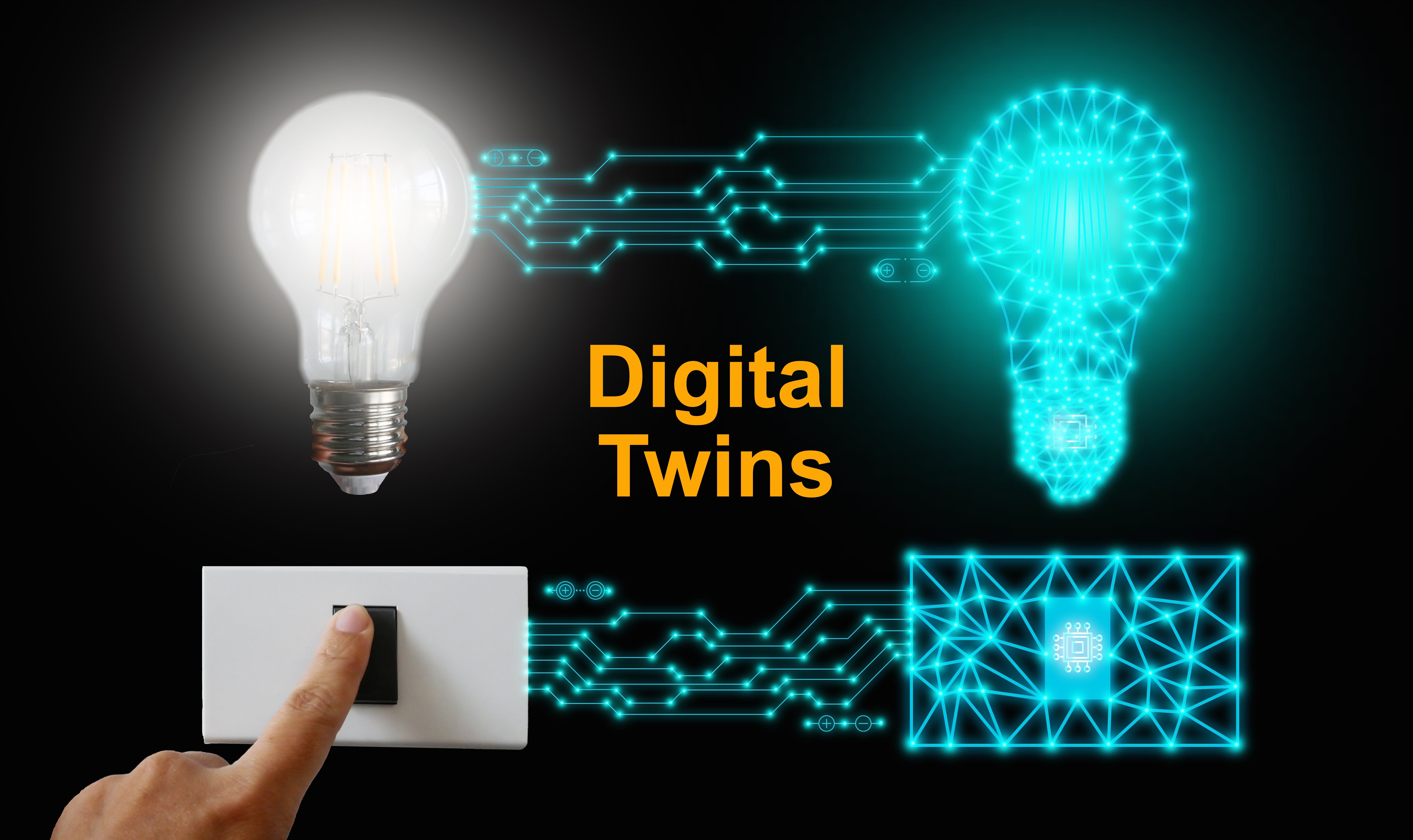Imagine virtual replicas of physical objects, mirroring their behaviours and providing real-time insights. That's the power of digital twins, a game-changer transforming how industries approach design, monitoring, and maintenance. This blog explores how this innovative technology can specifically benefit the public sector.

What are Digital Twins?
Think mirror images in the digital world. These virtual counterparts of physical assets (like bridges, power grids, even patients) are fuelled by real-time data, making them dynamic representations.
Building the Twins:
The Internet of Things (IoT) provides the data streams, while advanced analytics and AI interpret and predict the physical counterpart's behaviour. It's a powerful combination.
Revolutionizing Industries:
From optimizing manufacturing and supply chains to personalizing healthcare and monitoring critical infrastructure, digital twins are making waves across sectors.
Public Sector Impact:
Imagine cities using them to optimize traffic flow, healthcare facilities managing resources efficiently, and environmental agencies tracking climate change with unparalleled precision. The possibilities are endless.
Smart Cities:
- Disaster response becomes proactive, with simulations optimizing evacuation routes and resource allocation.
- Infrastructure stays healthy with continuous monitoring, preventing unexpected failures.
Healthcare Optimization:
- Hospitals use digital twins to manage resources, ensuring efficient use of beds, equipment, and staff.
- Public health leverages them for epidemic modelling, aiding in predicting and managing disease outbreaks.
Environmental Management:
- Monitoring environmental changes and mitigating climate change efforts become more precise.
- Sustainable management of natural resources, from forests to water bodies, is enhanced.
Challenges and Considerations:
- Data privacy and security are paramount. Public sector entities must protect sensitive information within digital twins.
- Integrating these with legacy systems requires careful planning.
- Personnel training is crucial for effectively using and interpreting data.
Paving the Way for Smarter Governance:
Digital twins are not just technology; they represent a shift in how we interact with the physical world. The public sector embracing this innovation holds immense potential for:
- Smarter governance
- Enhanced public services
- Improved decision-making
From optimizing urban planning to ensuring efficient resource allocation, digital twins hold the key to a more connected, efficient, and resilient public sector. As challenges are addressed and adoption accelerates, these futuristic twins stand as beacons of innovation, illuminating a brighter future for public governance.

Eloise Smith
Conference Producer, GovNet Tech Portfolio


-Apr-25-2024-09-43-35-5584-AM.png?width=80&height=80&name=Untitled%20design%20(77)-Apr-25-2024-09-43-35-5584-AM.png)
